It began as a fringe curiosity: a few DIY enthusiasts fitting folding beds into their Wuling Minis or wiring USB fans inside a Honda e. But in 2025, a full-blown trend is reshaping the edges of both vanlife and EV culture. More and more car campers—especially younger, urban-based adventurers—are transforming compact electric vehicles into micro-campers built for weekend getaways. What these builds lack in square footage, they make up for in creativity, efficiency, and lifestyle alignment. They’re proof that vanlife doesn’t have to come with a hefty diesel bill or a lumbering long wheelbase. For the emerging tribe of electric nomads, less really is more.
Compact EVs Meet the Micro-Van Dream
At the heart of the trend is a new generation of EVs that combine affordability, small footprints, and city-slick design. Models like the Honda e, Wuling Air EV, Dacia Spring, and Fiat 500e are light, nimble, and increasingly customizable. Their compact dimensions make them easy to park, quick to charge, and—most importantly for the camper crowd—just big enough to sleep in with the seats folded down or removed.
What started in East Asia has now spread across Europe and North America, with EV owners transforming their cars into mobile weekend escapes. Online communities on platforms like Xiaohongshu, Reddit, and YouTube are filled with tutorials showing how to convert a compact EV’s trunk into a sleeping pod, install solar panels on the roof, or rig up privacy curtains that double as sunshades.
The Rise of “EV Micro-Camping” as a Lifestyle Identity
The appeal goes far beyond function. Modding a compact EV into a camper is as much about lifestyle signaling as it is about utility. In a world increasingly concerned with environmental impact, many young people feel conflicted about traditional campervans that guzzle fuel. The idea of camping in an electric vehicle aligns with values like sustainability, minimalism, and autonomy. It also provides a kind of “soft off-grid” experience—one that allows for wilderness immersion without full-on survivalist commitment.
These EV micro-campers are often used not for long-haul nomadic life, but for short bursts of disconnection: a weekend in the mountains, a night parked by the sea, a quiet forest escape one hour outside the city. They suit freelancers, remote workers, students, and creatives who crave nature but still live in dense urban environments.
Popular Builds: From Slide-Out Kitchens to Rooftop Hammocks
The modification possibilities are surprisingly diverse given the small size of these vehicles. Creative solutions abound. Some owners design modular platforms that allow the rear seats to be folded flat for a foam mattress, while the front seats are rotated or covered with fabric to act as headrests. IKEA-style storage bins are repurposed into compact kitchen setups. Many users install removable plywood shelves that double as work surfaces or dinner tables.
In Southeast Asia and Southern Europe, rooftop tents are becoming a common mod—even for EVs with less than 100 horsepower. Lightweight tents paired with fold-out awnings and solar blankets make these builds ideal for warm-weather, slow-paced road tripping. In Japan, where kei-sized EVs like the Nissan Sakura dominate, owners prioritize clever organization: collapsible sinks, magnet-mounted lighting strips, and portable bidets are all part of the toolkit.
Some of the most eye-catching builds add art into the mix: hand-painted interiors, mood lighting controlled via mobile app, even pop-up cinema setups for beachside movie nights. The line between car and camper blurs further when you factor in integrated Bluetooth speakers, electric kettles powered via inverter, and mini projectors.
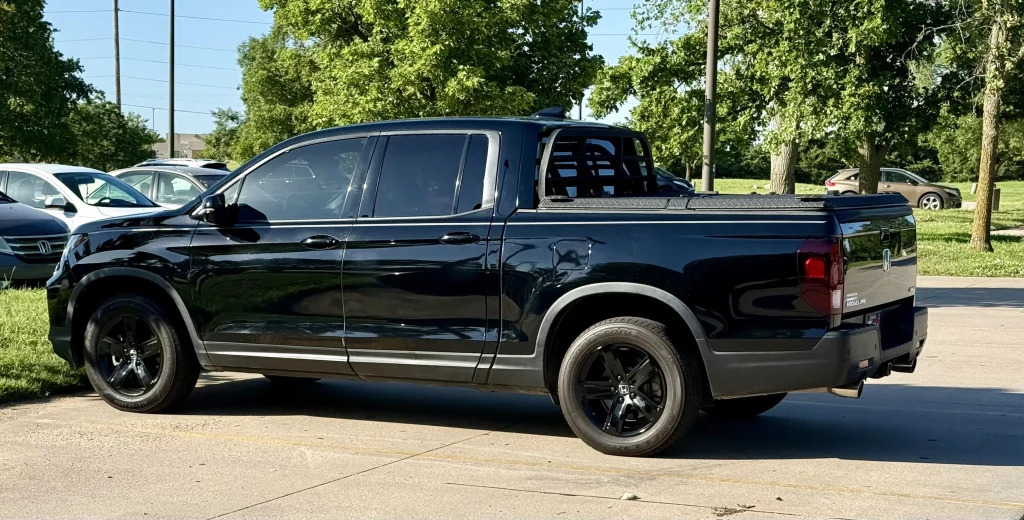
Charging Logistics and Range Realities
Of course, range remains a concern. Most compact EVs offer between 200–300 km of real-world range, which can drop further when the vehicle is loaded with gear, driven in hilly terrain, or used with climate control. But for weekenders, that’s often enough. In fact, the limitations have helped shape a unique kind of trip planning: one that’s hyper-local, mindful, and punctuated by slow charging breaks in interesting places.
Apps like PlugShare and ABRP (A Better Route Planner) are crucial tools. Campers often pair their overnight stop with a destination that has a nearby Level 2 charger. In regions like Scandinavia, northern China, and rural Germany, more campsites are offering on-site EV charging as part of their amenities, sometimes even powered by their own solar arrays.
Fast charging may not be required unless you’re hopping between remote locations. For most EV car campers, the formula is simple: drive 100–150 km, find a quiet spot, unwind, and top up while sleeping. It’s a rhythm that rewards patience and intention.
Community Culture: Sharing Builds, Tips, and Spots
Like vanlife before it, EV micro-camping has fostered a strong sense of online and offline community. Owners share build schematics, camping recipes, charging hacks, and favorite locations for overnighting without drawing attention. Hashtags like #EVCamper, #MicroVanLife, and #WulingCampingLife have gained traction globally. Some enthusiasts trade advice on insulation materials or window vent designs, while others host meetups in national parks or urban peripheries to swap stories and show off new mods.
There’s a prevailing ethos of humility and creativity. Unlike luxury Sprinter van conversions, these builds are proudly scrappy. They emphasize ingenuity over opulence. Many are built with recycled materials, secondhand furniture, and 3D-printed brackets. That ethos has made the movement particularly accessible to younger people priced out of the full-size camper market.
Brands Catch On—And Cash In
Automakers are starting to notice. Honda has begun showcasing the Honda e as part of “compact lifestyle mobility” exhibitions in Japan and South Korea, complete with demo camping kits. Wuling, whose tiny EVs have become icons in China’s microvan movement, now offers optional camping packs: window shades, portable tables, seat cushions that fold flat, and even mosquito net kits. Fiat and Citroën are exploring collaborations with rooftop tent brands and eco-tourism startups to market their smallest EVs as “ready-to-roll” city escape vehicles.
The aftermarket scene is also exploding. Third-party suppliers now offer bed frames, charging station locators, solar mats, compact HVAC systems, and battery monitors tailored to small EVs. Even interior scent diffusers and anti-condensation wall coatings are being marketed with micro-camping in mind.
Why This Trend Resonates So Deeply in 2025
The timing of this movement isn’t coincidental. As work-life boundaries blur post-pandemic, the idea of spontaneous retreat becomes more appealing. People crave mobility and control—especially those with hybrid or remote jobs. A compact EV camper is a tool for micro-escapes: flexible enough to park in city garages, efficient enough to run errands, and just comfortable enough to turn into a sleeping pod for stargazing weekends.
There’s also a rising consciousness around carbon impact. Traditional vanlife has faced criticism for its romanticized portrayal of gas-guzzling freedom. EV micro-camping sidesteps that by centering sustainability, frugality, and urban adaptability. In essence, it allows for outdoor immersion without the guilt—or the fuel receipts.
Conclusion: A Movement That’s Quietly Charging Ahead
Compact EVs turned into weekend vans aren’t replacing full-sized campervans—but they’re offering an entirely different mode of adventure. It’s one built on simplicity, clever design, and an embrace of the limitations that come with small spaces and electric range. It challenges the assumption that you need a massive vehicle to live large outdoors.
What’s emerging is not just a camping hack, but a cultural shift. Car campers in 2025 aren’t just adapting to EVs—they’re using them to create a more intentional, localized, and low-impact form of exploration. The quiet whir of a Honda e rolling into a lakeside sunset, bed neatly folded in back, kettle steaming from a USB plug—that’s the new soundtrack of weekend freedom.

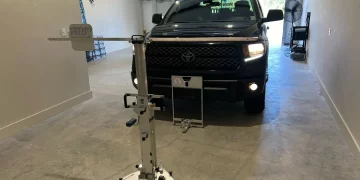
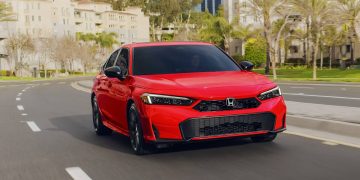
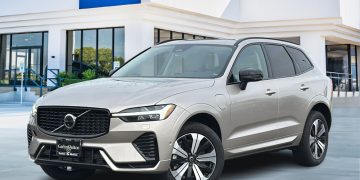


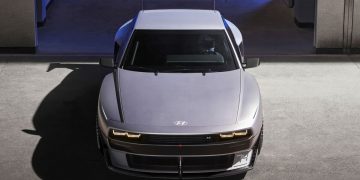


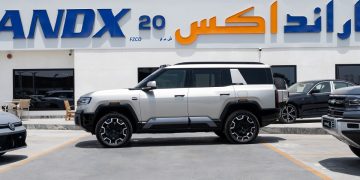











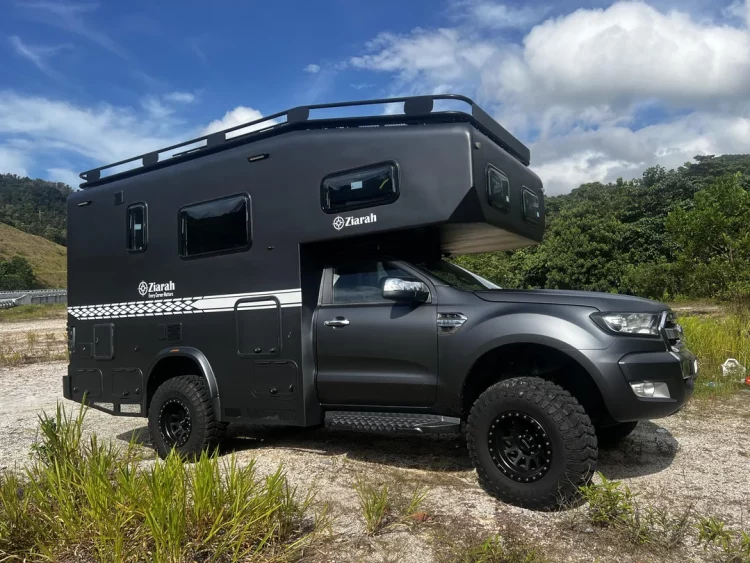












Discussion about this post